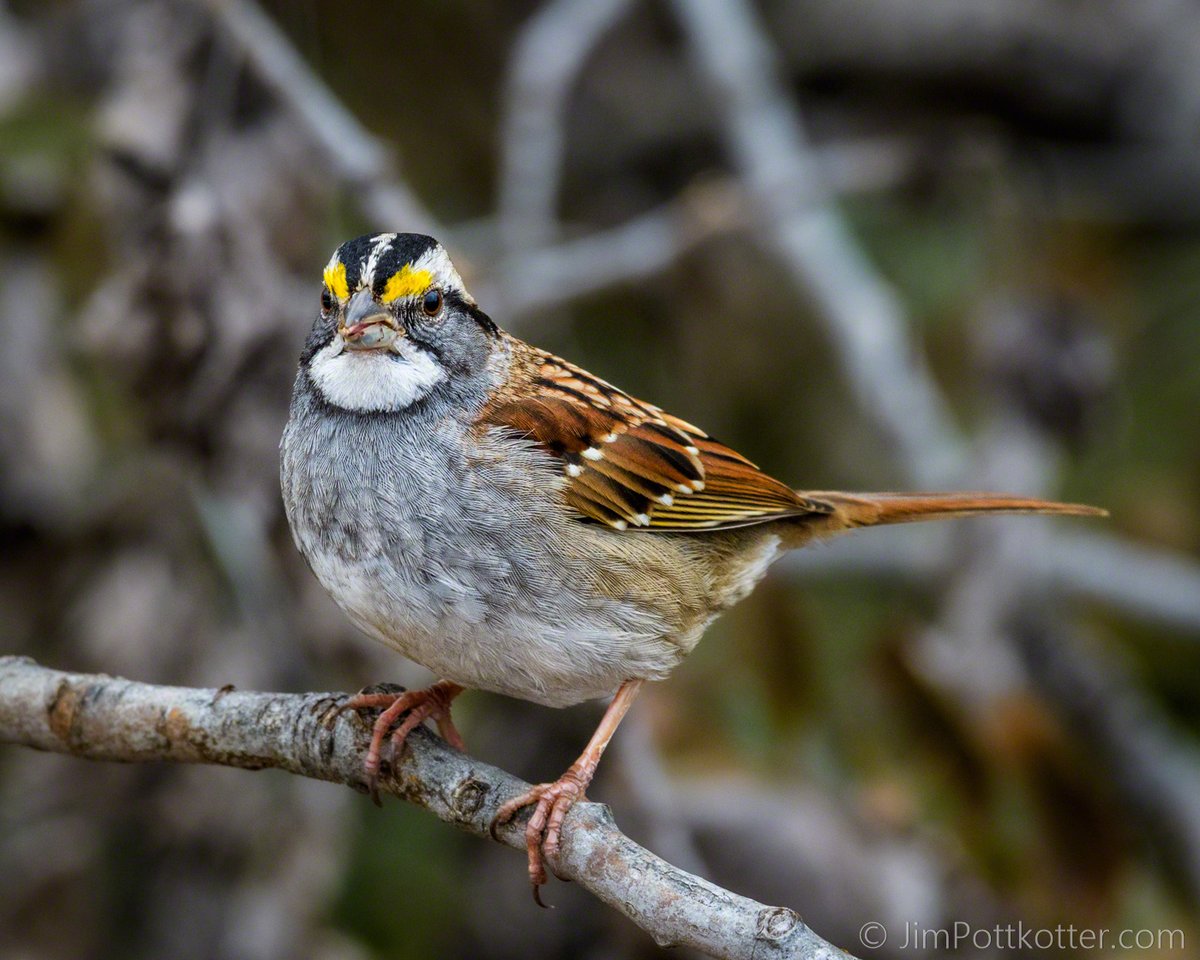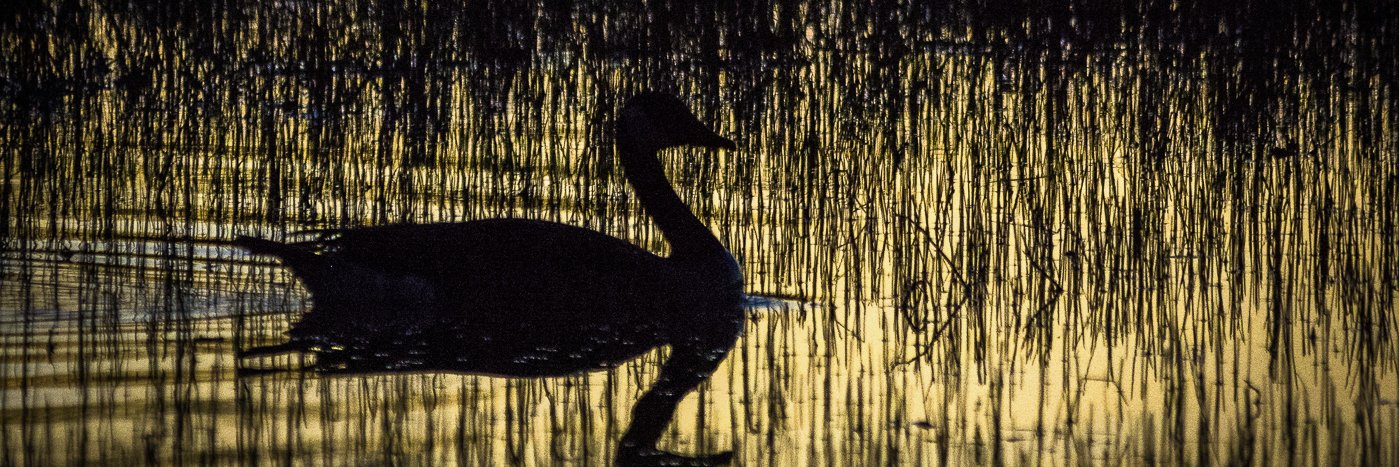
Jim Pottkotter
@HappyPixr
Inspired by photography - Healed by nature - Loved by friends and family - Very happy. All photos © Jim Pottkotter. All rights reserved.
Nuttall's Woodpecker is almost entirely limited to California, where it is a year-round resident. As the seasons change, it adapts its diet from insects to some nuts and berries. #birds #nature #wildlife #California

Birds are busy in the spring, scoping out sites and building that perfect nest. This American Robin made regular trips with a variety of materials, looking back to make sure no predators were around before leaving its well-concealed nest. #birds #nature #wildlife #spring #nest
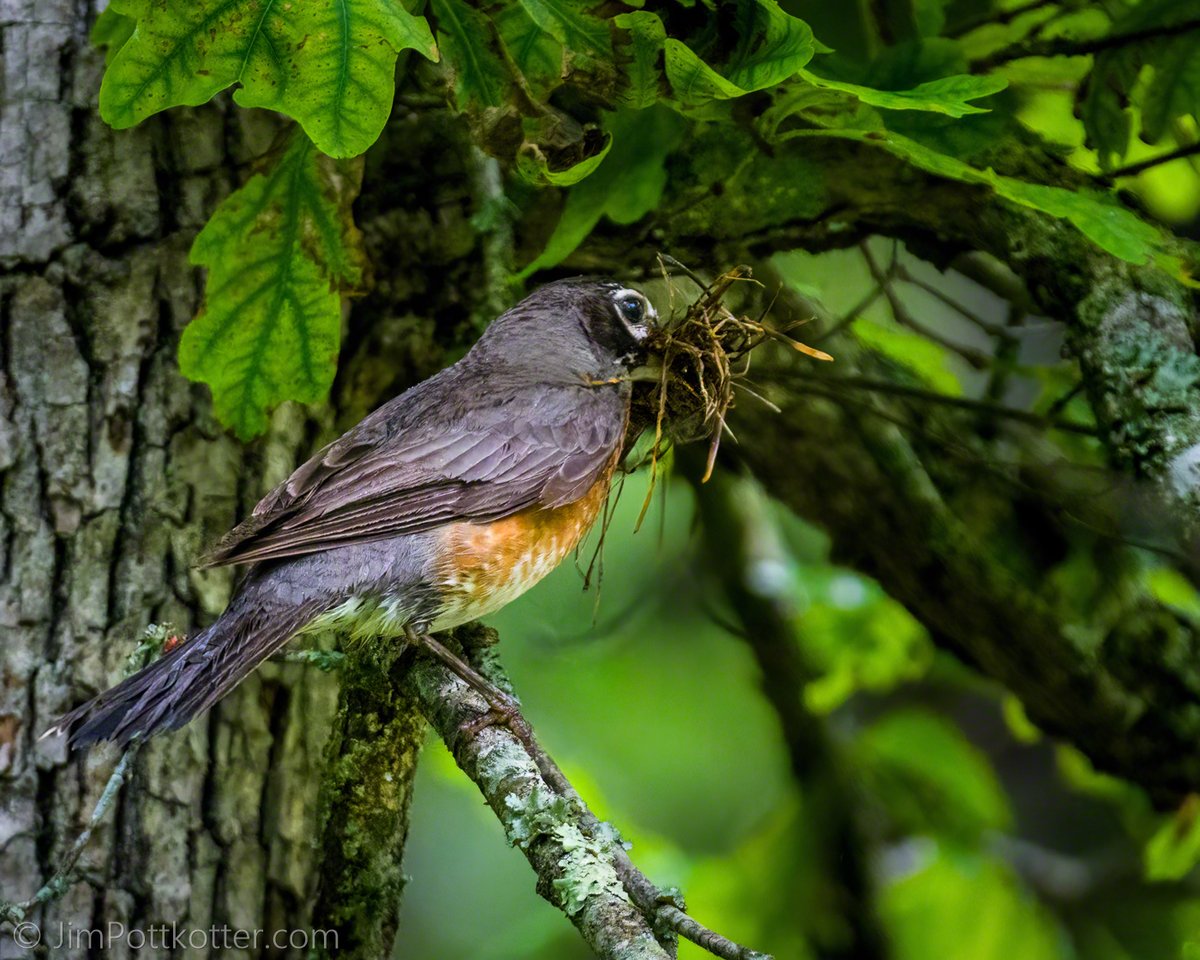

Lucy's Warbler is a small gray bird that breeds in the Desert Southwest. Its rusty rump and crown provide subtle beauty. Pairs forage in riparian areas, where they dine on insects. This one looks like it's getting a drink or finding a small morsel in the shallow water. #birds
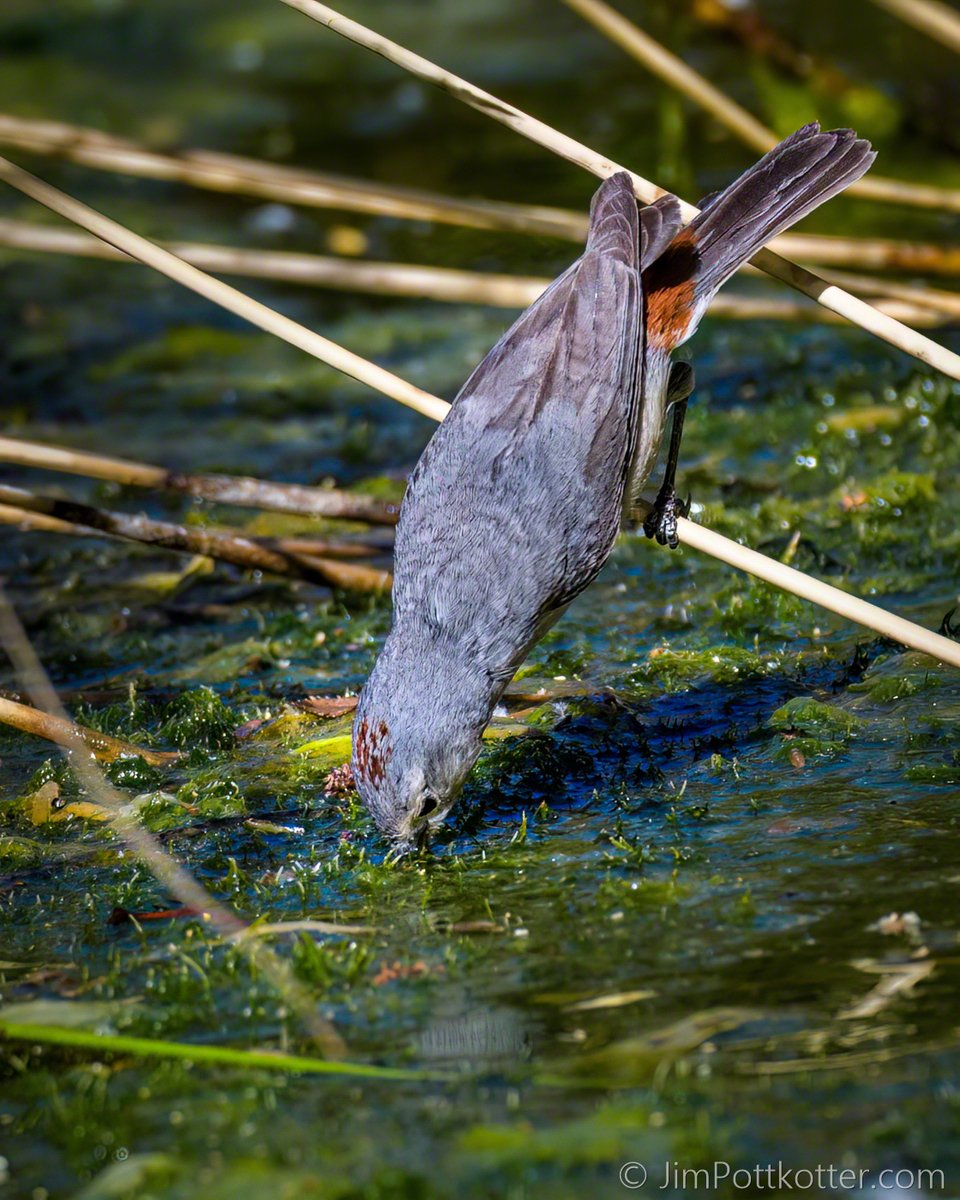
One of North America's most colorful birds, the male Painted Bunting sports blue, red, and green. They are often shy, but their vibrant colors give them away as they flit through dense vegetation. #birds #colorful #NaturePhotography #wildlife
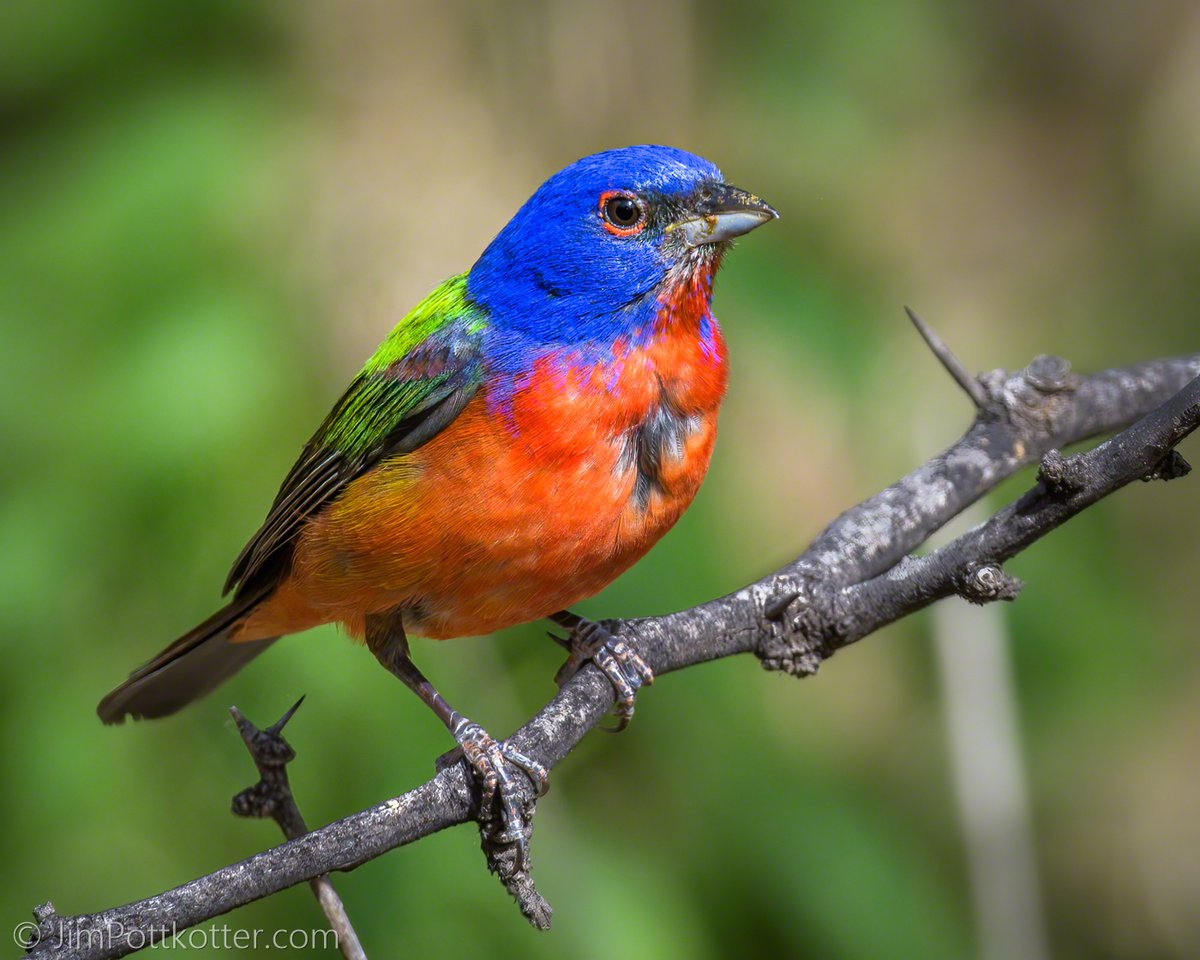
The Loggerhead Shrike is a predator that skewers its prey on thorns or barbed wire spikes, often for consumption later. This behavior earned it the nickname "butcherbird." Yikes! #birds #nature #wildlife

The Crimson-collared Grosbeak is native to eastern Mexico, but occasionally strays north into southern Texas. This vagrant female drinks from a puddle of water before retreating into the dense brush. #birds #nature
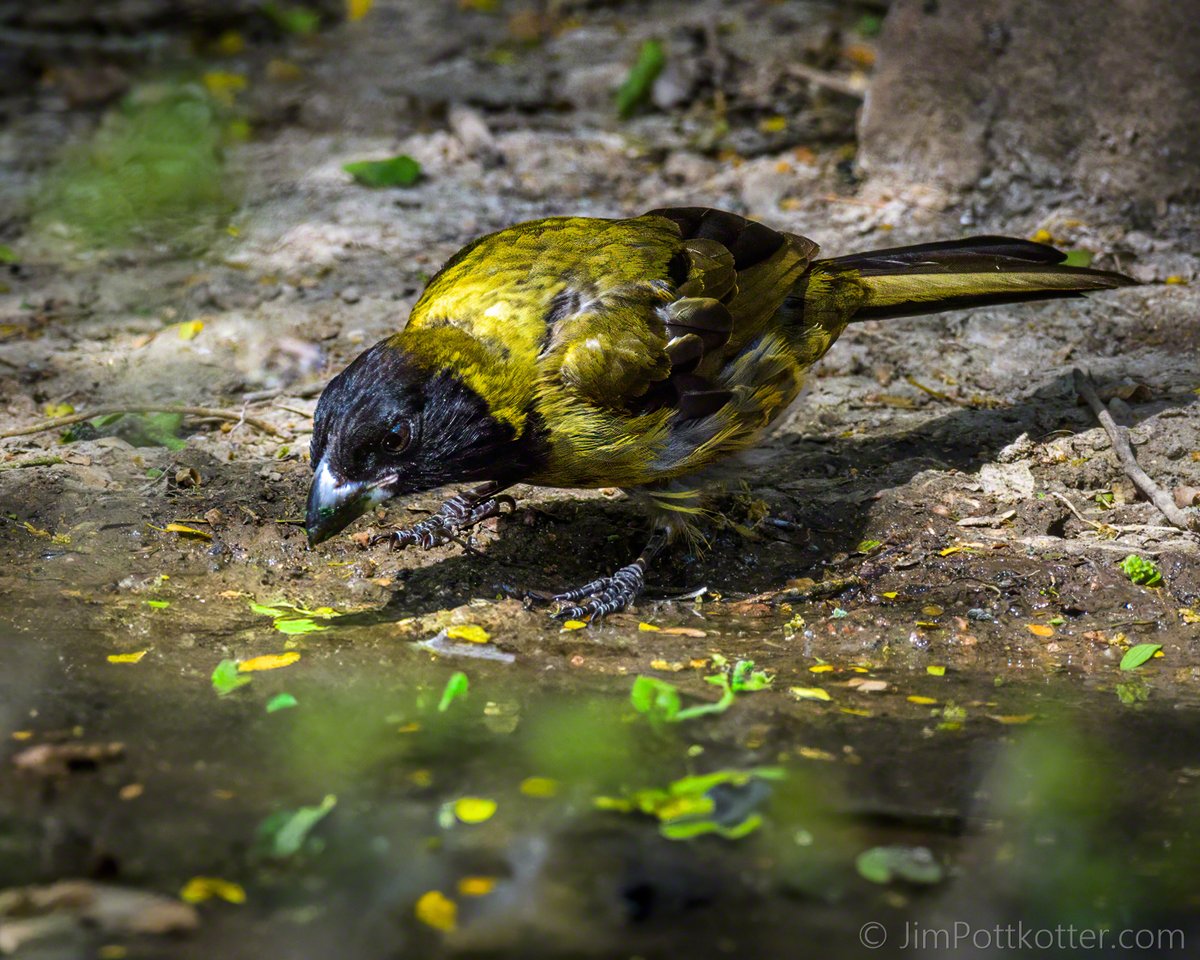
These dead branches are characteristic perches of the Eastern Wood-Pewee. In traditional flycatcher fashion, it sallies out from these perches, catching insects midair. They breed in the eastern half of the US and can be found at forest edges. #birds #nature #wildlife
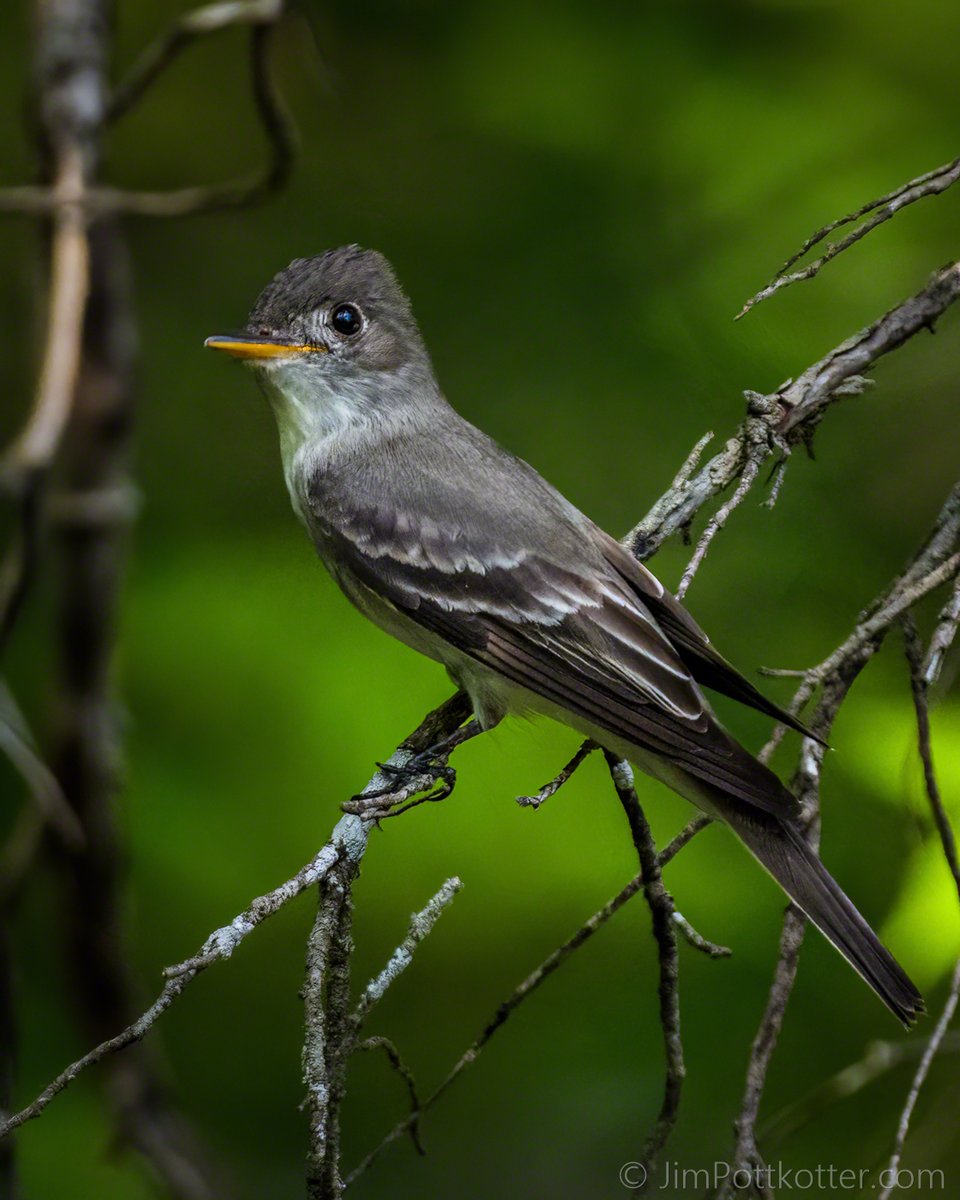
If you see a Virginia Rail, it's by chance. These birds are secretive and live in dense freshwater marshes, rarely showing themselves. #birds #nature #wildlife

Bright sunlight isn’t always a bird photographer’s first choice, but with the Kentucky Warbler in decline, I had to take the shot, shadows and all. I have too many summer favorites, and yes, this one is high on the list. #birds #birdphotography #nature #conservation
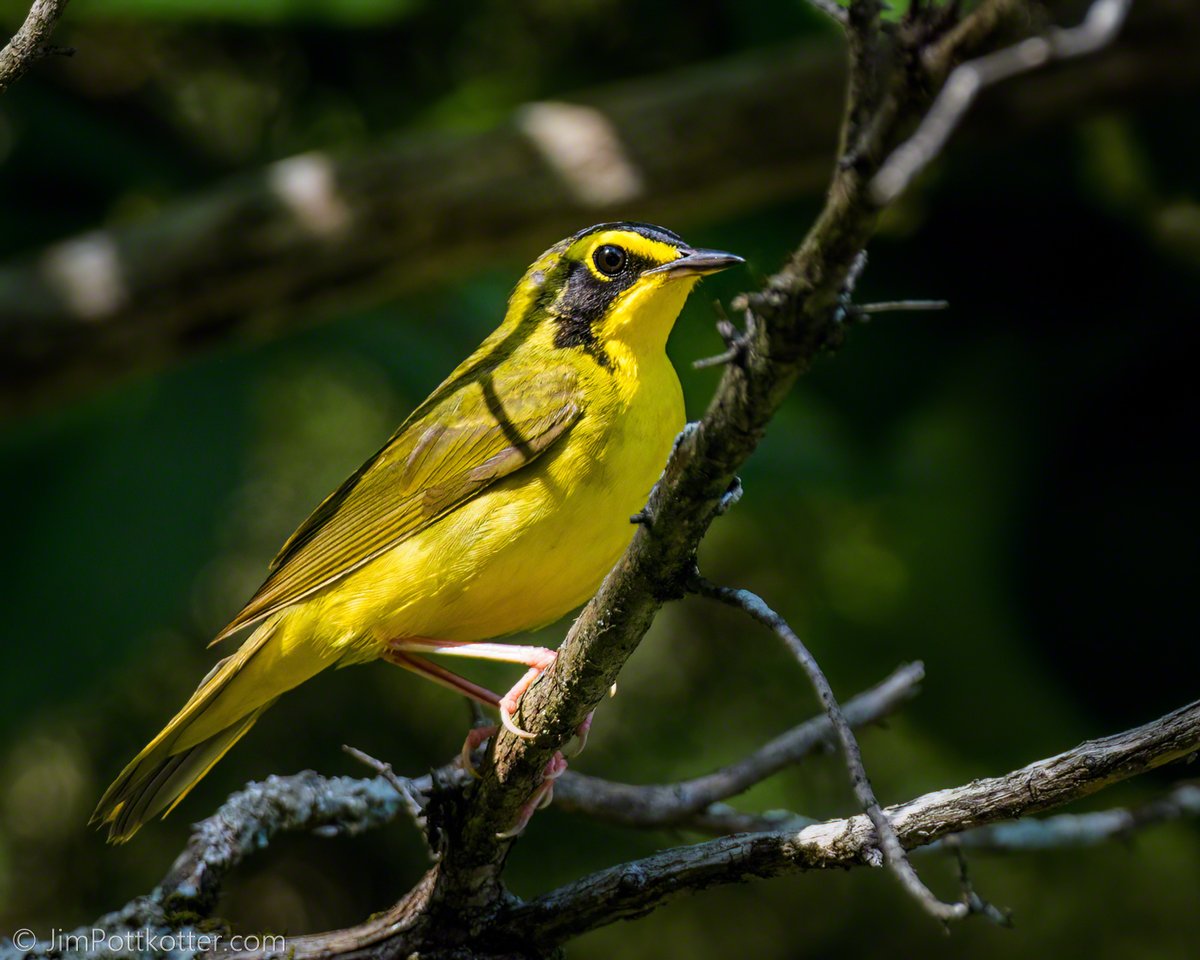
Her elegant cinnamon hood made this Hooded Merganser easy to identify. While her little ducklings scoured for small fish or other food, Mom kept a lookout. #birds #nature #wildlife #cute
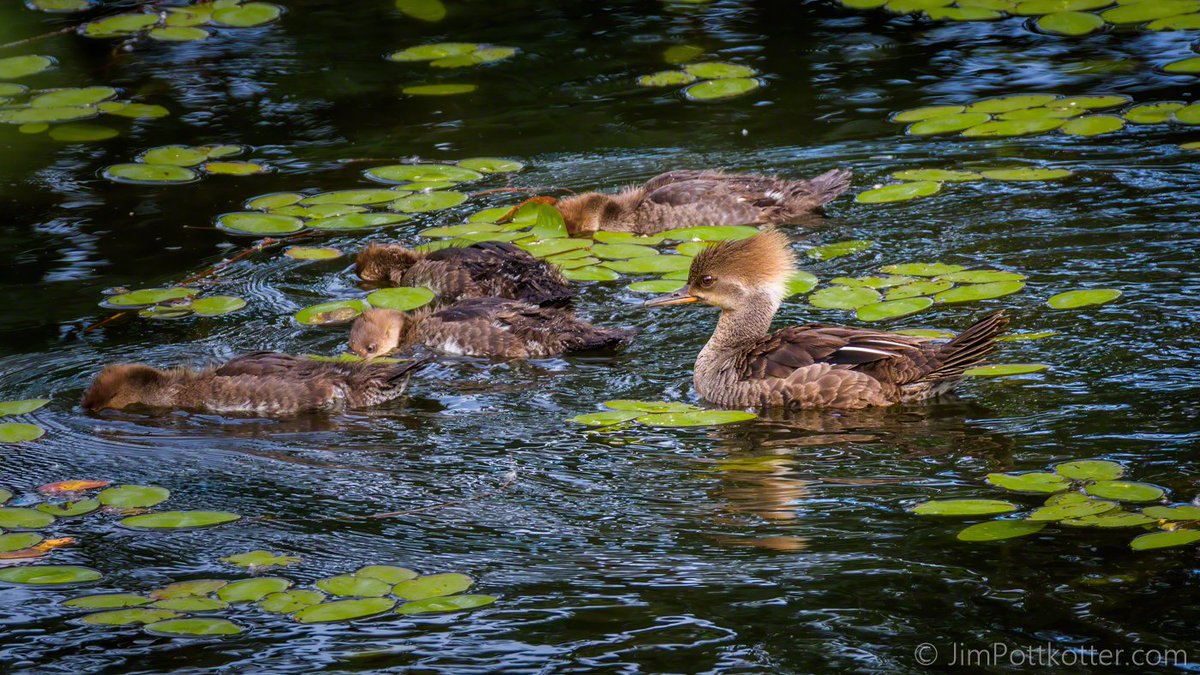
For me, the Blue-headed Vireo is almost always a random encounter. They tend to stay hidden, but when they choose to be seen, their white spectacles make them easy to identify. #birds #nature #wildlife
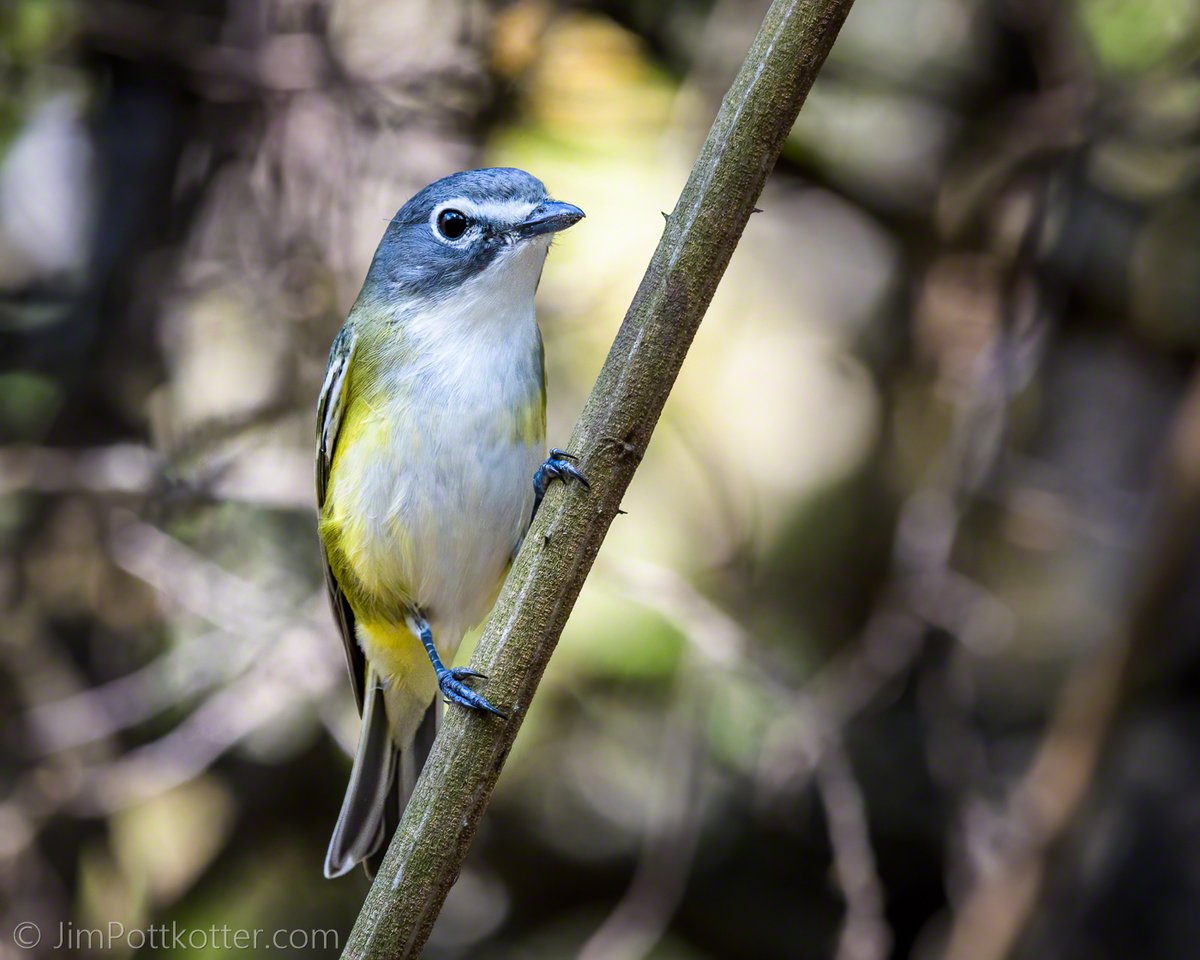
The elusive Yellow-billed Cuckoo breeds in the eastern US and has surprisingly exotic-sounding calls, more like what you would expect in a jungle instead of a forest. If you have never heard its calls, listen to them here: bit.ly/3SUedPU. #birds #nature #wildlife
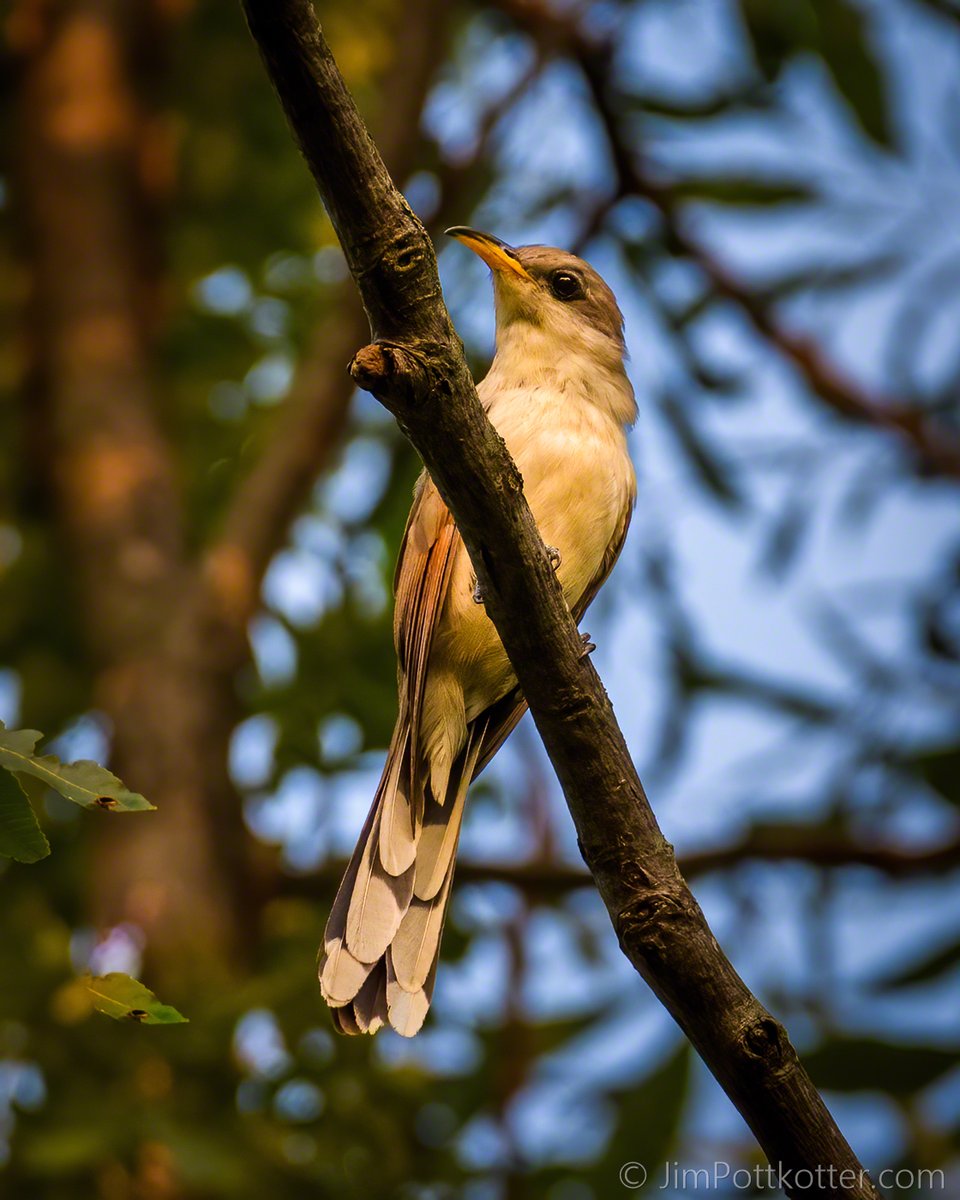
I love the desert and the vibrant life I find there among the cacti and sandy floor. Scott's Oriole is a perfect example. This male stands out up close but blends into the Palo Duro trees at a distance. #birds #nature #wildlife #desert

At first sight or sound, you know it's a Chickadee. Say hello to the Chestnut-backed, living from California to Alaska along the west coast of North America. Like all Chickadees, it is nosy and noisy as it flits through conifer forests. #birds #nature #naturephotography #wildlife
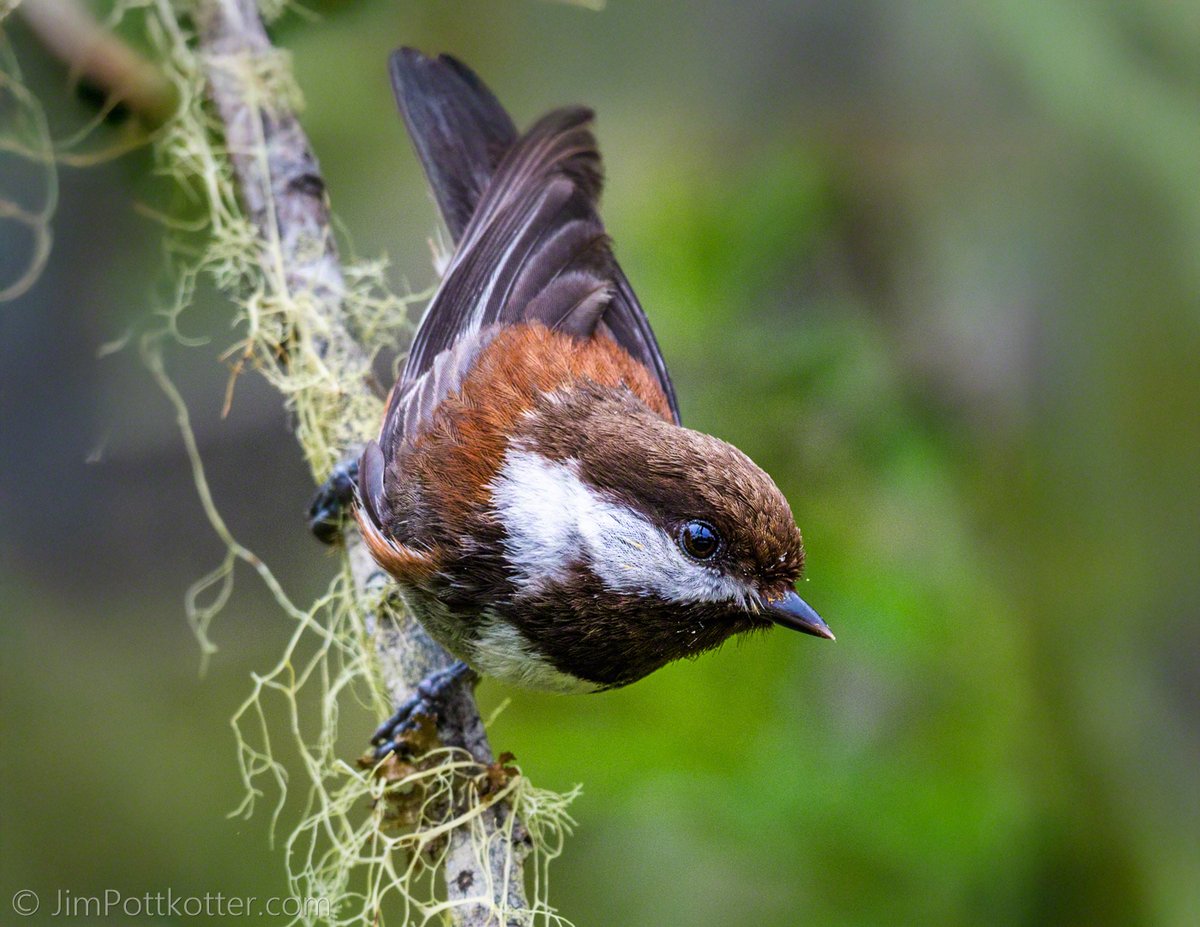
For me, a spring joy is welcoming back warblers like this Yellow-throated. Year-round in some US areas, it breeds in Tennessee and other low-lying states during spring/summer. #birds #nature #wildlife

Unlike their flashy male counterparts, female birds often have muted colors for camouflage. This female Northern Cardinal is a perfect example – subtle beauty while staying safe.
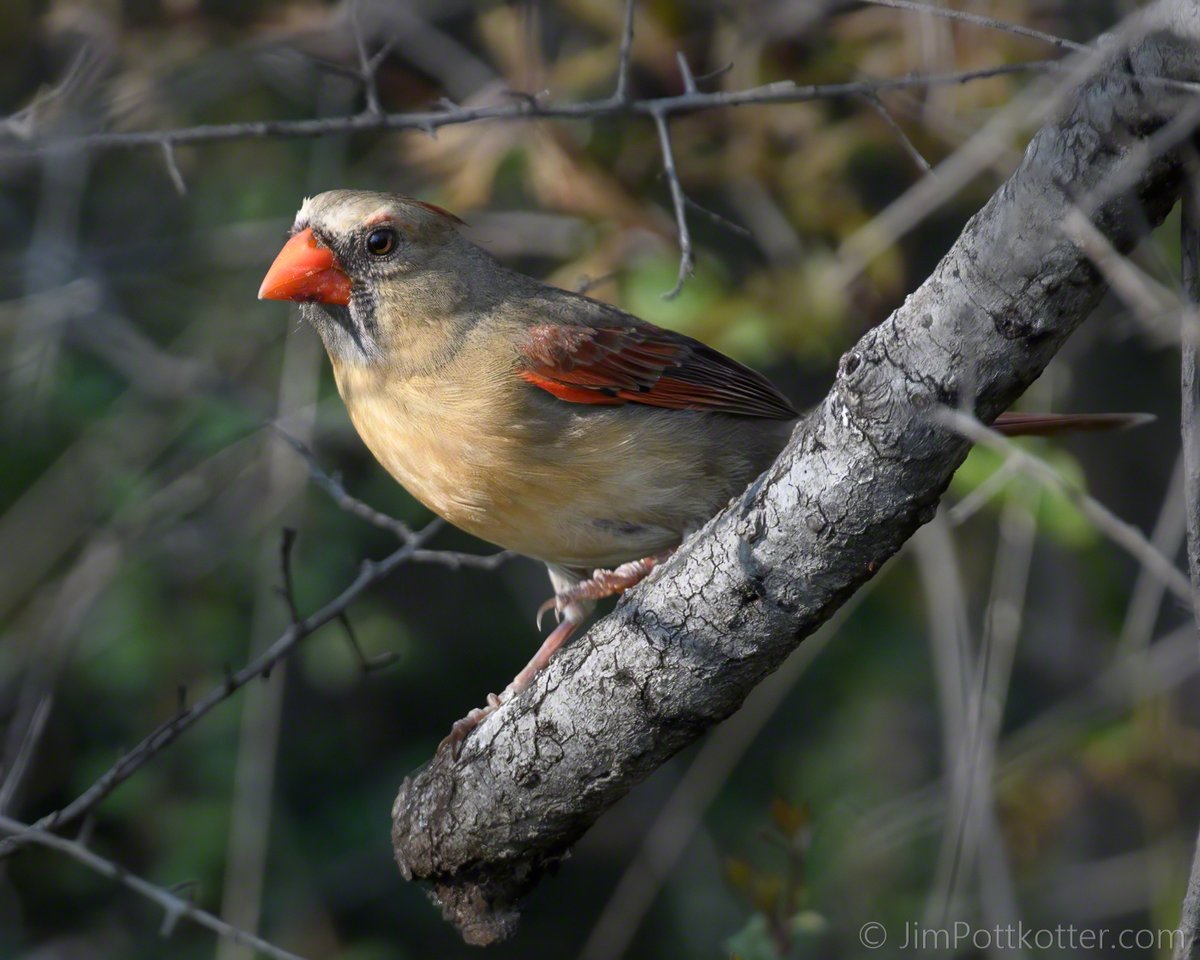
The peaceful glide of this Bonaparte's Gull starkly contrasted with the roiling water beneath. The energy was palpable in person, with more waves in the background ready to crash ashore. #birds #nature #GulfOfMexicoAmericaWhatever

Yep, it's a crow, but more specifically a Fish Crow. I think the only reliable way to tell it from an American Crow is by its call, which you can listen to here: bit.ly/39jq2Jy #birds #nature #wildlife
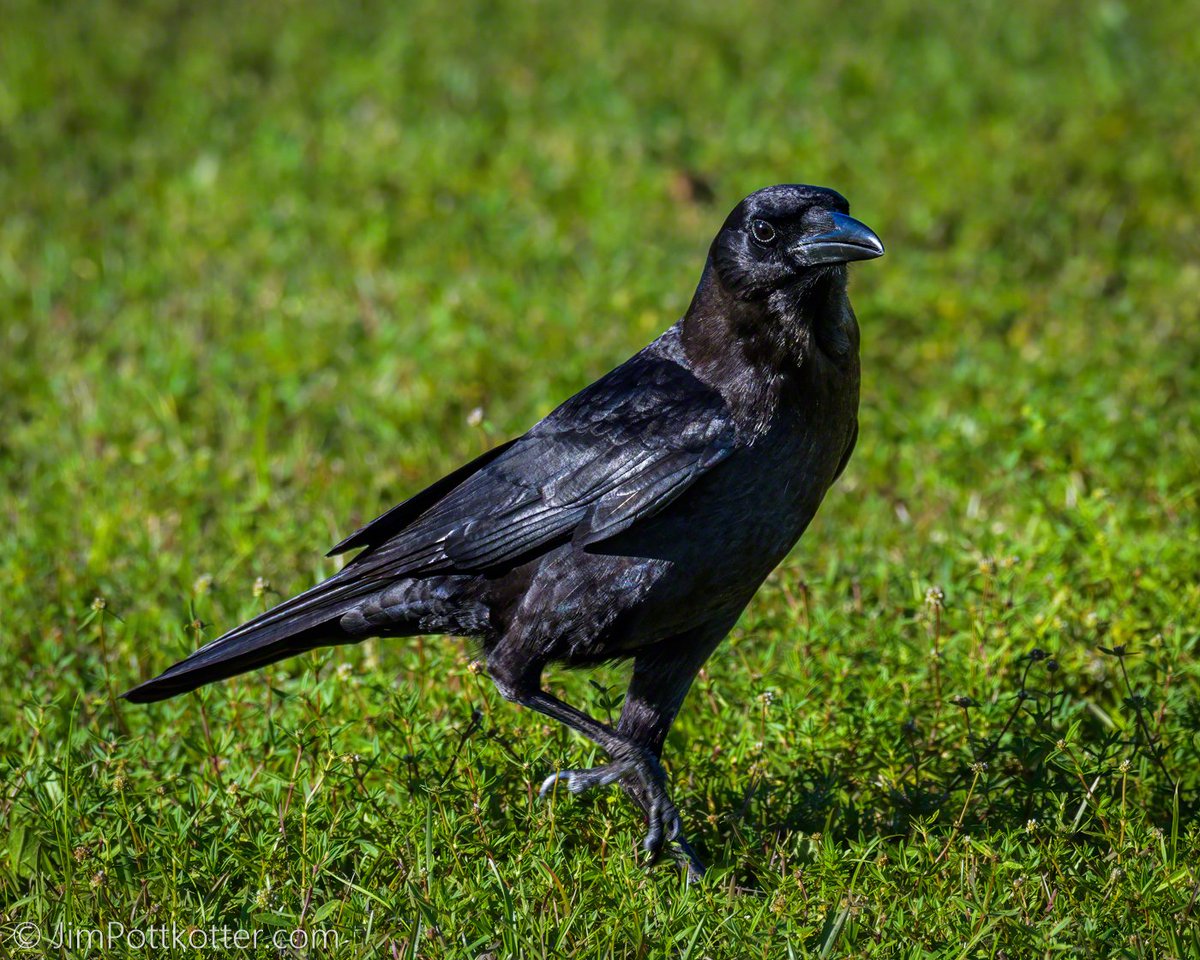
Male White-throated Sparrows are easy to identify with those distinctive white stripes on their heads and yellow lores. Look for these ground feeders in forests and brushy areas during the winter and migration in the US, but they breed primarily in Canada. #birds #nature
